Which Camera For Wildlife Shots Under 500?
When it comes to capturing the beauty of wildlife, having the right camera can make all the difference. However, finding a camera that delivers high-quality images without breaking the bank can be a challenge. For those on a budget, specifically under $500, there are still several excellent options available that can help you achieve stunning wildlife shots. In this article, we will explore the key features to look for in a wildlife camera, review some of the best cameras under $500, and provide practical tips for getting the most out of your wildlife photography.
Key Features to Look for in a Wildlife Camera
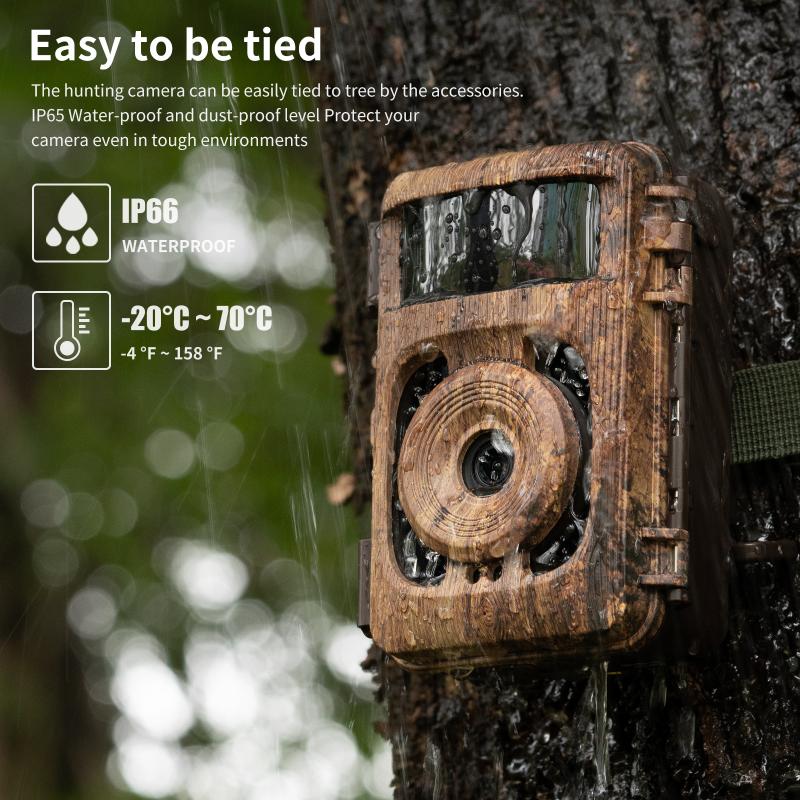
Before diving into specific camera models, it’s important to understand the key features that make a camera suitable for wildlife photography:
1. Zoom Capability: Wildlife often means shooting from a distance. A camera with a good optical zoom will allow you to get close-up shots without disturbing the animals.
2. Image Stabilization: This feature helps to reduce blur caused by camera shake, which is especially useful when shooting with a long zoom lens.
3. Fast Autofocus: Wildlife can be unpredictable and fast-moving. A camera with quick and accurate autofocus will help you capture those fleeting moments.
4. Burst Mode: The ability to take multiple shots in quick succession increases your chances of getting the perfect shot.
5. Sensor Size: Larger sensors generally provide better image quality, especially in low light conditions.
6. Portability: Wildlife photography often involves a lot of movement and travel. A lightweight and compact camera can be a significant advantage.
Best Cameras for Wildlife Photography Under $500
Based on the above criteria, here are some of the best cameras for wildlife photography that you can get for under $500:
1. Canon PowerShot SX70 HS
The Canon PowerShot SX70 HS is a versatile and powerful camera that offers a 65x optical zoom, which is equivalent to a 21-1365mm lens. This extensive zoom range makes it ideal for capturing distant wildlife. The camera also features image stabilization, a 20.3 MP sensor, and 4K video recording. Its fast autofocus and burst mode capabilities make it a strong contender for wildlife photography.
2. Nikon Coolpix B600
The Nikon Coolpix B600 is another excellent option, featuring a 60x optical zoom (24-1440mm equivalent) and a 16 MP sensor. It comes with image stabilization and a variety of shooting modes, including a burst mode that can capture up to 7 frames per second. The camera is also lightweight and compact, making it easy to carry on long hikes.
3. Panasonic Lumix FZ80
The Panasonic Lumix FZ80 offers an impressive 60x optical zoom (20-1200mm equivalent) and a 18.1 MP sensor. It includes image stabilization and 4K video recording capabilities. The camera’s fast autofocus and burst mode (up to 10 frames per second) make it well-suited for capturing fast-moving wildlife. Additionally, the Lumix FZ80 is known for its user-friendly interface and robust build quality.
4. Sony Cyber-shot DSC-HX400V
The Sony Cyber-shot DSC-HX400V features a 50x optical zoom (24-1200mm equivalent) and a 20.4 MP sensor. It includes optical image stabilization and a variety of shooting modes, including a burst mode that can capture up to 10 frames per second. The camera also offers built-in GPS, which can be useful for tracking your wildlife photography locations.
5. Olympus Tough TG-6
While the Olympus Tough TG-6 doesn’t offer the same level of zoom as the other cameras on this list, it makes up for it with its rugged build and versatility. The TG-6 features a 4x optical zoom (25-100mm equivalent) and a 12 MP sensor. It is waterproof, shockproof, and freezeproof, making it ideal for harsh outdoor conditions. The camera also includes image stabilization and a variety of shooting modes, including a burst mode that can capture up to 20 frames per second.
Practical Tips for Wildlife Photography
Having the right camera is just the first step. Here are some practical tips to help you get the most out of your wildlife photography:
1. Know Your Subject: Understanding the behavior and habits of the wildlife you are photographing can help you anticipate their movements and capture better shots.
2. Be Patient: Wildlife photography often requires a lot of waiting. Be prepared to spend time in one location, waiting for the perfect moment.
3. Use a Tripod: A tripod can help stabilize your camera, especially when using a long zoom lens. This can reduce camera shake and result in sharper images.
4. Shoot in Burst Mode: Using burst mode increases your chances of capturing the perfect shot, especially when photographing fast-moving animals.
5. Pay Attention to Lighting: Early morning and late afternoon often provide the best lighting for wildlife photography. The soft, golden light during these times can add a beautiful touch to your images.
6. Respect Wildlife: Always maintain a safe distance from wildlife and avoid disturbing their natural behavior. Use your camera’s zoom capabilities to get close-up shots without getting too close.
Capturing stunning wildlife shots doesn’t have to cost a fortune. With the right camera and a bit of knowledge, you can achieve impressive results even on a budget. The Canon PowerShot SX70 HS, Nikon Coolpix B600, Panasonic Lumix FZ80, Sony Cyber-shot DSC-HX400V, and Olympus Tough TG-6 are all excellent options for wildlife photography under $500. By understanding the key features to look for in a wildlife camera and following practical photography tips, you can enhance your skills and capture the beauty of the natural world. Happy shooting!





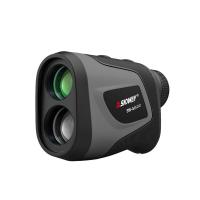

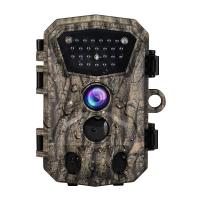



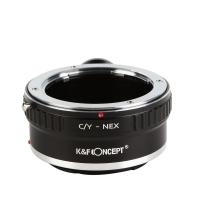
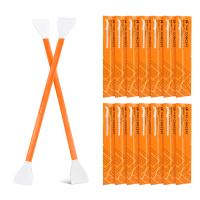
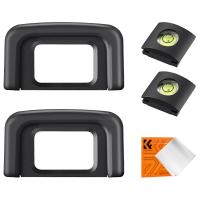
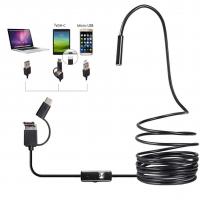

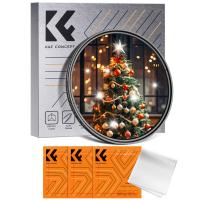
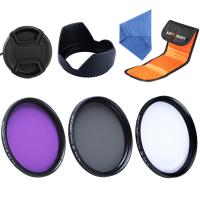
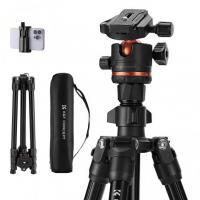
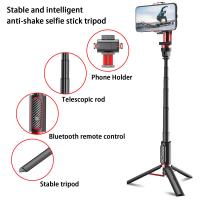
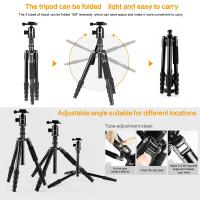
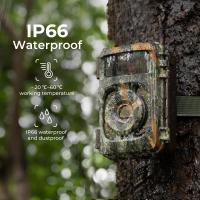
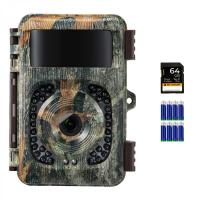
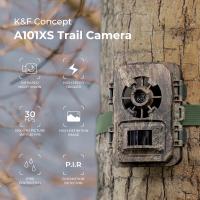




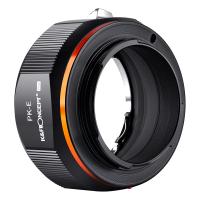
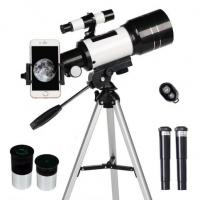
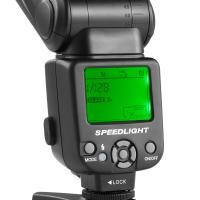

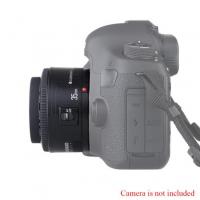

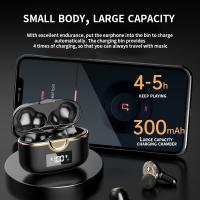
There are no comments for this blog.